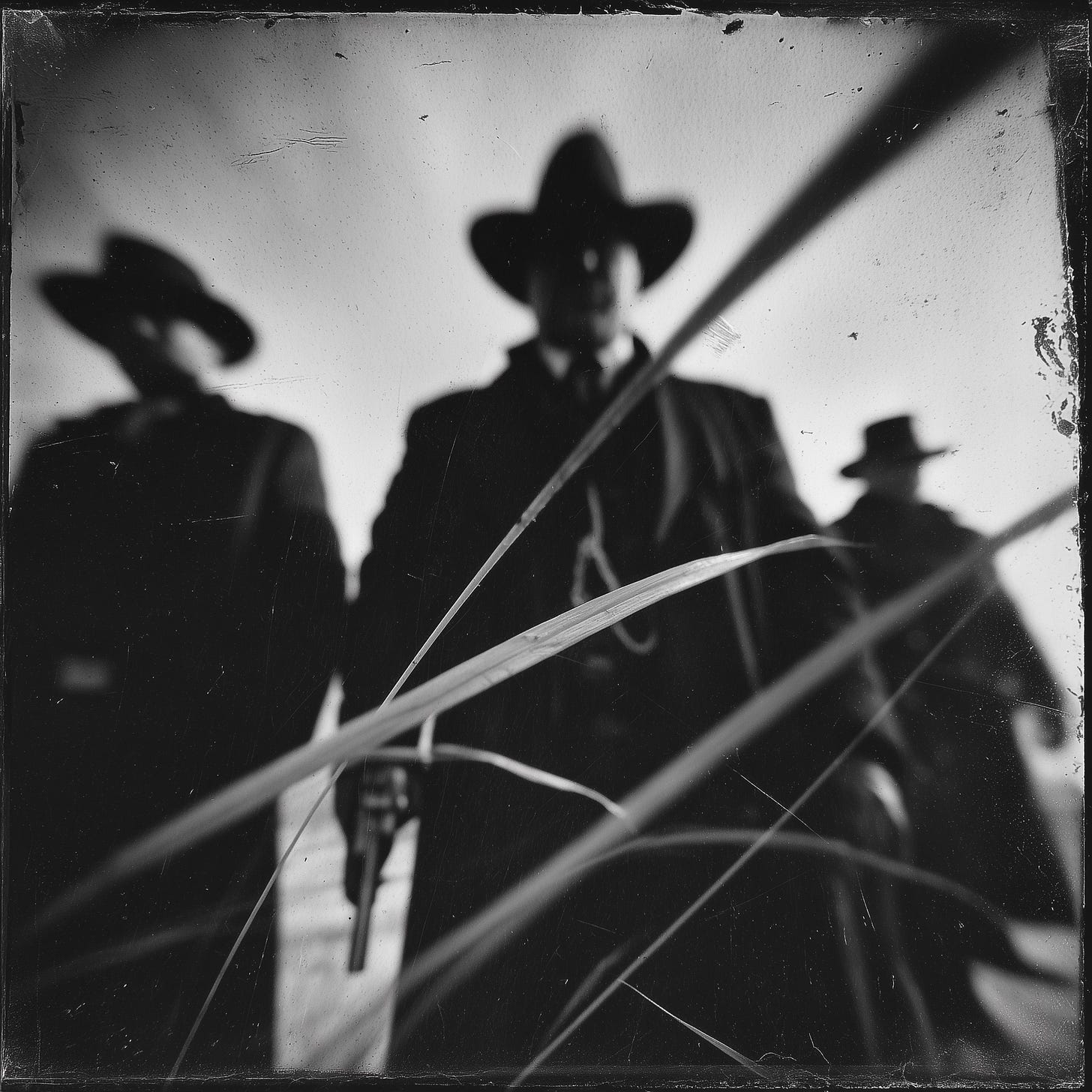From the Barbed Wire Cut to the Data Breach: The Changing Shape of American Fear
Free from the visceral.
Fear used to have a texture. It was the sharp, metallic sting of a barbed wire fence tearing through denim and skin. The danger was immediate, the wound visible, the consequences clear.
You worried about infection, about the rust on the wire, about losing a step during the harvest.
The response was just as tangible: you cleaned the wound, applied a bandage, and kept a close watch. The fear was of a specific, physical violation, and it was met with a specific, physical action. It was a fear you could understand and confront directly.
This was the nature of most dangers in a less shielded age. The world’s threats were primarily physical and environmental. A person feared a sudden hailstorm that could flatten a year’s worth of crops, a winter blizzard that could isolate a family for weeks, or a piece of machinery that could maim in a moment of carelessness.
These risks were acute and ever-present, and they fostered a particular set of virtues. To survive, one needed a tough, practical resilience. You needed a physical courage to face the elements and the foresight to prepare for them.
Crucially, you needed a deep reliance on your neighbors, a form of community insurance built on the shared understanding that you would all face the same threats together.
Keep reading with a 7-day free trial
Subscribe to David Boles: Prairie Voice to keep reading this post and get 7 days of free access to the full post archives.


